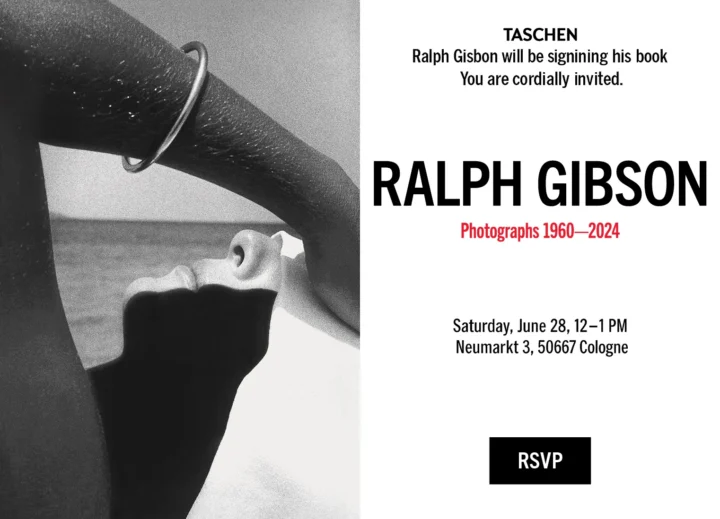Zaha Hadid was one of the most famous and influential architects in the world. Born in Baghdad in 1950, she studied mathematics before moving to London to study architecture at the prestigious Architectural Association School of Architecture. There she was influenced by the radical ideas of the avant-garde group Archigram, which designed futuristic and utopian visions of architecture.
Hadid made a name for herself as a theorist and teacher, creating experimental and provocative designs that were often considered unbuildable. She won several international competitions, such as the one for the Peak Leisure Club in Hong Kong (1983) or the one for the Cardiff Bay Opera House in Wales (1994), but none of her designs were realized. It was not until the late 1990s that she made her breakthrough as a practicing architect, building the Vitra Fire Station in Weil am Rhein (1993) and the Rosenthal Center for Contemporary Art in Cincinnati (2003).
Hadid’s architecture was characterized by its fluid and dynamic forms inspired by nature, art, and technology. She often used computer-aided design methods to create complex geometric structures that challenged traditional boundaries of space, time, and materiality. She created buildings that appeared to be sculptures that blended into or stood out from the landscape. Her best-known works include the Phaeno Science Center in Wolfsburg, Germany (2005); the MAXXI Museum of Contemporary Art in Rome, Italy (2009); the Guangzhou Opera House in China (2010); the London Aquatics Centre for the 2012 Olympics (2011); the Heydar Aliyev Center in Baku (2012); and the Wangjing SOHO in Beijing (2014).
Hadid has received numerous awards for her work and was the first woman to win the Pritzker Prize (2004), architecture’s highest award. She was also the first woman to receive the Royal Gold Medal from the Royal Institute of British Architects (2016). She was a pioneer in an industry dominated by men and a role model for many young architects. She died of a heart attack in Miami in 2016 at the age of 65.
Zaha Hadid left an impressive legacy of innovative and visionary architecture that pushed the boundaries of what was possible. She will be remembered as one of the greatest architects of the 21st century.


